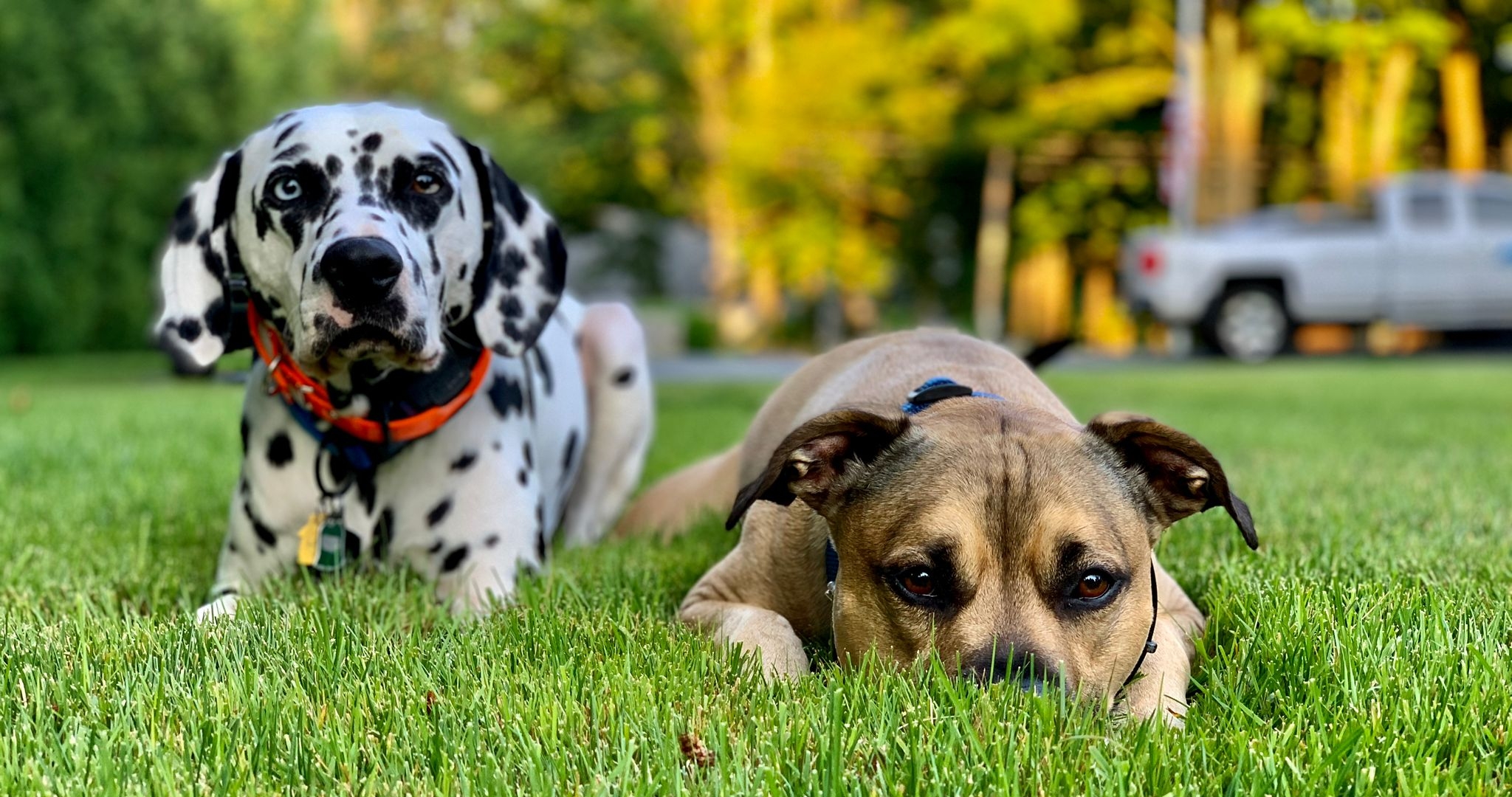Why Dogs and Cats Eat Grass: Understanding Your Pet’s Natural Behavior and Health Needs
Spring brings forth new greenery, and it’s not uncommon to catch our pets snacking on the fresh growth. Many people believe that pets eating grass are a sign of an upset stomach, but this is usually not the case. In fact, it’s perfectly natural and healthy for dogs and cats to eat grass.
Dogs Are Natural Scavengers
Although dogs are natural hunters, they are also scavengers and have been known to eat a variety of things in the wild, including nuts, berries, grass, leaves, and even bark. These behaviors are common among wild canines, such as coyotes, wolves, and stray dogs, and serve various purposes. However, we rarely see domesticated dogs foraging in corn or wheat fields, digging up potatoes, or looking for chickpeas.
In the spring, pets enjoy snacking on soft, freshly grown grass as a way of welcoming the new season. During the winter, live food can be scarce, and eating grass can provide a source of phytonutrients that cleanse the spleen, liver, and kidneys. Domesticated dogs have lost their natural ability to forage, so as long as they don’t eat too much grass and vomit regularly, it’s perfectly fine to let them indulge in this natural behavior.
Self Selection
If you watch an animal eating grass, they are usually very selective as to which blades of grass they consume – in a patch where multiple varieties are available, they often seek out a single variety to carefully pluck. This is self-selection at its finest, something that has remained intact as we have bred and domesticated dogs for other features and behaviors. Remember that dogs and cats know what nutrients they need, and what they are lacking. If this is a regular behavior, it may be time to consider trying various green additions to their bowl to supplement phytonutrients and provide high-quality fiber.
It’s a common misconception that dogs shouldn’t eat any greenery, whether they eat kibble or raw food. However, recent research has shown that adding leafy greens to a dog’s diet can actually be beneficial to their health.
Dogs who consume leafy greens with their regular meals tend to have a more diverse range of gut bacteria, which leads to better digestion and a more effective immune system. There are even some studies that suggest incorporating leafy greens into a dog’s diet can decrease their risk of certain cancers. So, don’t be afraid to add some greenery to your pet’s plate!
Grass Eating Behaviors in Dogs and Cats: What You Need to Know
Grass-eating behaviors are common in dogs and cats, but not all grasses are created equal. Let’s take a closer look at some of these behaviors and what they could mean for your pet’s health.
-
Occasional Soft-Grass Grazer
If your pet occasionally grazes on soft grass, it’s likely just normal and healthy behavior, especially during the springtime. However, if your pet is ravenous with grass or vomiting regularly, it’s best to consult with your veterinarian.
-
Thick “Sharp” Grasses
If your pet is frequently seeking out thick, “sharp” grasses, it could be an indicator of intestinal parasites. These grasses help to cut up and sweep out parasites, but it’s important to have a stool sample tested by your vet to rule out any serious problems.
-
Continual Grass Eating and Vomiting
If your dog continually eats grass and vomits, it could be a sign of a more serious digestive problem. It’s best to consult with your veterinarian to rule out obstructions, metabolic disease, malnutrition, digestive problems, or other concerns.
Adding leafy greens to your pet’s diet can also have health benefits, such as improving digestion and boosting their immune system. So, it’s important to pay attention to your pet’s grass-eating behavior and overall diet to ensure their optimal health.
Potential Dangers and Chemical Exposure
Pets eating chemically treated grass can lead to health problems, such as cancers and gastrointestinal issues. While some may have varying opinions on the use of pesticides and fertilizers in lawn care, it is important to be aware of the potential dangers they pose to our furry friends. Exposure to these chemicals can happen through licking paws or drinking contaminated water.
In addition to chemical exposure, a lack of plant and nutrient diversity may also contribute to food and environmental sensitivities in both humans and pets. Increasing exposure to a variety of plants, nutrients, and pollens can boost the immune system and potentially reduce allergic responses and overall discomfort.
Thankfully, many homeowners, towns, and cities are recognizing the dangers of chemicals and are reducing or eliminating their use in lawn care. Natural methods of pest and weed control are becoming more popular, and a natural-looking lawn with a variety of grasses and wildflowers can benefit everyone.






